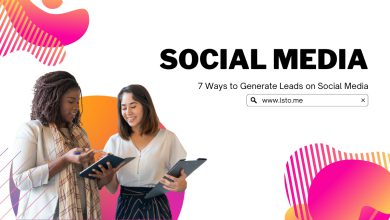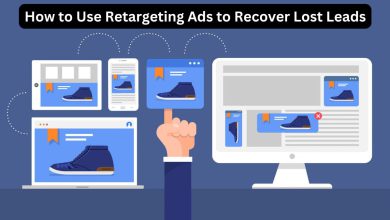
LinkedIn has emerged as the go-to platform for professionals, making it an invaluable tool for B2B marketers. With over 740 million members worldwide, LinkedIn provides a unique opportunity to connect with key decision-makers, build brand authority, and generate quality leads. In this blog post, we will explore how you can unlock the full potential of LinkedIn for B2B marketing and drive meaningful results for your business.
1. Building a Strong Company Page:
Building a strong company page on LinkedIn can be challenging. A compelling and well-optimized company page is the foundation of your LinkedIn B2B marketing strategy. Without it, your efforts will go wasted.
The first step in building a strong company page is to optimize it for search engines. Keywords play a critical role in this process. You need to identify the keywords that your potential customers are searching for and incorporate them into your company page’s headline, summary, and description sections. This will help your page rank higher when people search for those keywords on LinkedIn or Google.
Once you’ve optimized your company page for search engines, you need to create engaging content that resonates with your target audience.
2. Leveraging LinkedIn Groups:
LinkedIn Groups are one of the most effective ways to connect with like-minded professionals and industry peers. By joining relevant groups, you can leverage LinkedIn’s vast network to engage with potential customers and establish yourself as a thought leader in your industry. Whether you’re looking for new business opportunities or seeking advice from experienced professionals, LinkedIn Groups offer a wealth of resources that can help you achieve your goals.
One key benefit of LinkedIn Groups is their ability to facilitate meaningful conversations between members. By participating in discussions, sharing insights, and asking questions, you can engage with other experts in your field and work collaboratively to solve challenges. This not only helps build valuable relationships but also positions you as an authority in your area of expertise. Additionally, by regularly contributing valuable content to group conversations, you can increase visibility for yourself and your brand within the community.
3. Creating and Sharing Engaging Content:
Simply having a presence on LinkedIn is not enough – it’s crucial to create and share engaging content that resonates with your audience.
One of the most effective ways to create engaging content on LinkedIn is through informative articles. Articles allow you to delve deeper into a topic and provide valuable insights that your audience may not find elsewhere. When creating articles, focus on topics that are relevant to your industry and target audience. Use data, statistics, and real-life examples to support your points and make your content more compelling.
Thought leadership is another important aspect of creating engaging content on LinkedIn.
4. Harnessing the Power of LinkedIn Advertising:
The social media site offers powerful advertising tools that allow businesses to promote their products and services effectively.
One of the most significant advantages of LinkedIn advertising is the ability to target specific demographics such as job titles, company sizes, and industries. This feature helps businesses save on advertising costs by ensuring their ads are only seen by people who are most likely to be interested in their offerings. Additionally, LinkedIn’s campaign manager tool allows businesses to track the performance of their campaigns in real time and adjust them accordingly.
5. Engaging with LinkedIn Influencers:
One of the most effective ways to make the most out of LinkedIn’s power is by engaging with influencers. These are individuals who have a significant impact on the industry they operate in, hold a considerable following, and can drive conversations around your brand. Influencers can help you establish trust with your consumers, increase visibility, generate leads, and enhance brand awareness- all essential components for any successful marketing campaign.
Engaging with influencers on LinkedIn requires an intentional approach. It would be best if you started by identifying relevant influencers within your industry niche or area of operation.
6. Monitoring Analytics and Adjusting Strategies:
LinkedIn is a powerful social media platform for B2B marketing. It provides comprehensive analytics to track the performance of your content and advertising campaigns, allowing you to monitor and adjust your strategies accordingly. With LinkedIn analytics, you can gain valuable insights into who is engaging with your content, which ads are driving the most clicks, and how much traffic is coming from different sources.
One of the key benefits of using LinkedIn for B2B marketing is its ability to target specific audiences. LinkedIn allows you to target users based on their job title, industry, location, and other demographic information. This means that you can deliver highly relevant ads and content to the people who are most likely to be interested in what you have to offer. By monitoring your analytics closely, you can see which targeting options are working best for you and adjust your strategy accordingly.
Conclusion:
LinkedIn is a powerful platform for B2B marketers to connect with industry professionals, build brand authority, and generate high-quality leads. By building a strong company page, leveraging LinkedIn groups, creating engaging content, harnessing LinkedIn advertising, engaging with influencers, and monitoring analytics, you can unlock the full potential of LinkedIn for your B2B marketing efforts. Embrace LinkedIn as a strategic channel and watch your business thrive in the professional networking space.




